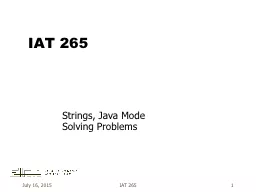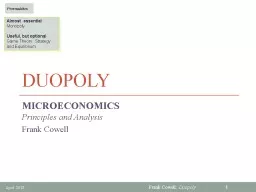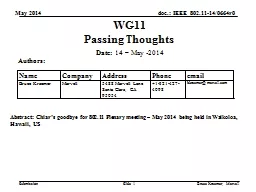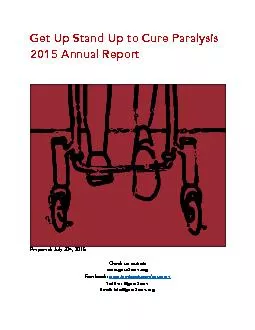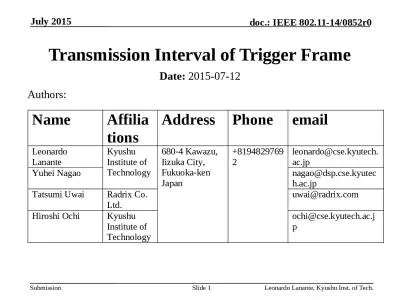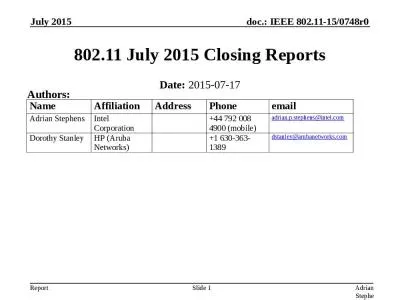PPT-HEREDITYYYYYYY 2015 July 17
Author : tatiana-dople | Published Date : 2018-12-22
co Aaron Darcie Diana Geeta Kristin RouJia Introduction Our teachable unit Heredity module Embedded within Introductory Biology course Prerequisites None high
Presentation Embed Code
Download Presentation
Download Presentation The PPT/PDF document "HEREDITYYYYYYY 2015 July 17" is the property of its rightful owner. Permission is granted to download and print the materials on this website for personal, non-commercial use only, and to display it on your personal computer provided you do not modify the materials and that you retain all copyright notices contained in the materials. By downloading content from our website, you accept the terms of this agreement.
HEREDITYYYYYYY 2015 July 17: Transcript
Download Rules Of Document
"HEREDITYYYYYYY 2015 July 17"The content belongs to its owner. You may download and print it for personal use, without modification, and keep all copyright notices. By downloading, you agree to these terms.
Related Documents


![IITian's PACE Education Pvt. Ltd. [DELHI NCR] All Batches TIME TABLE
.](https://thumbs.docslides.com/132863/iitian-s-pace-education-pvt-ltd-delhi-ncr-all-batches-ti.jpg)


